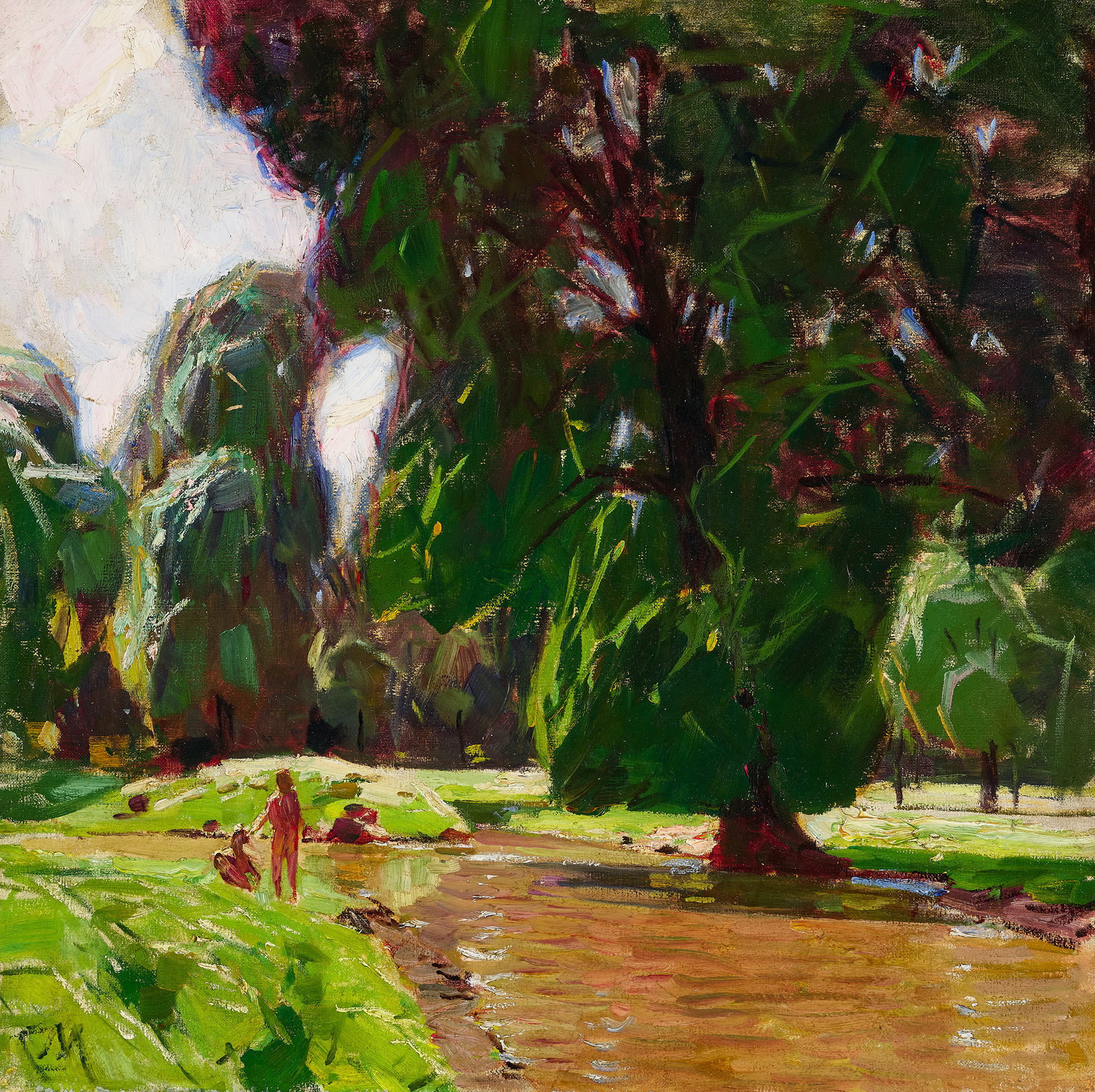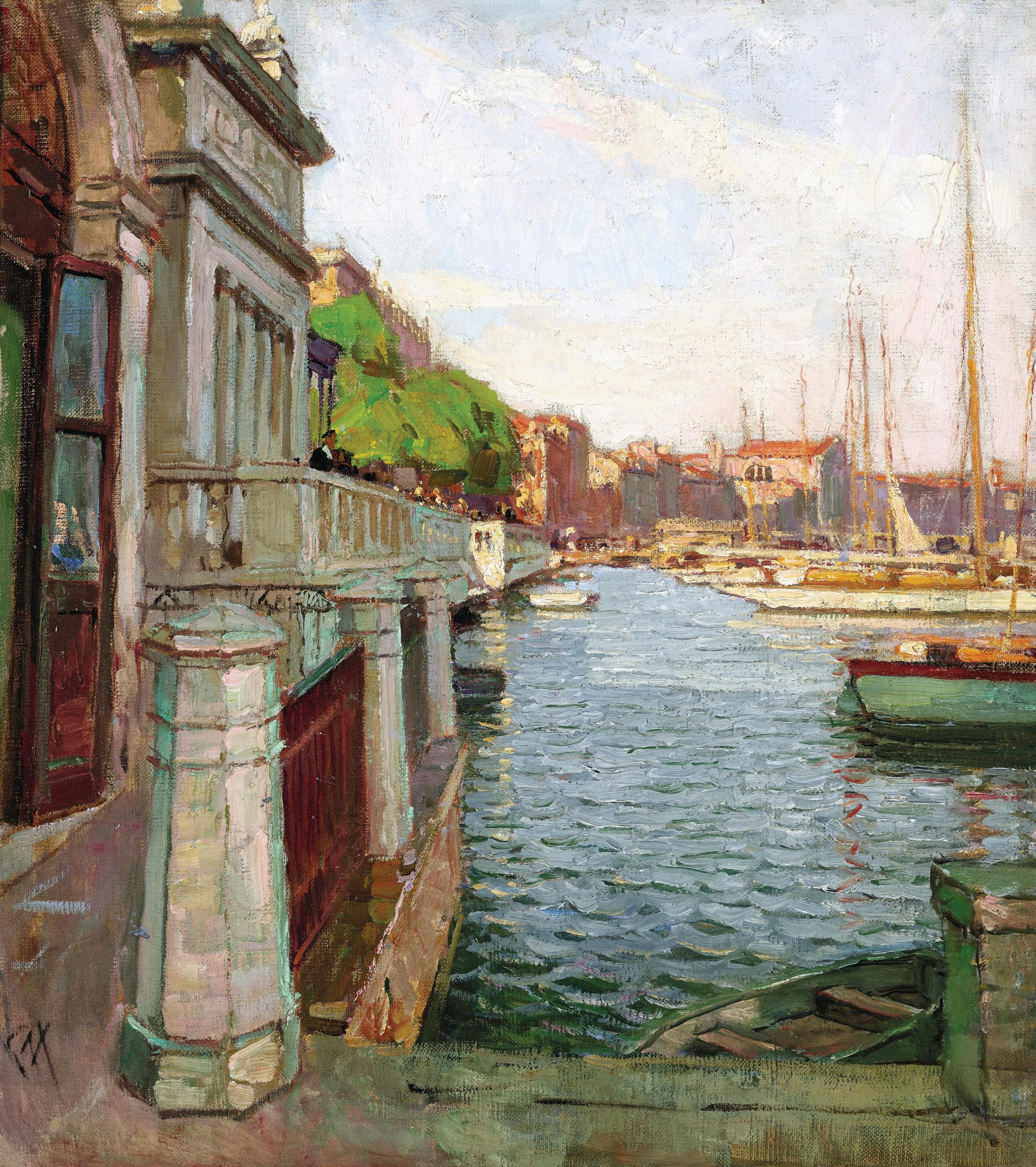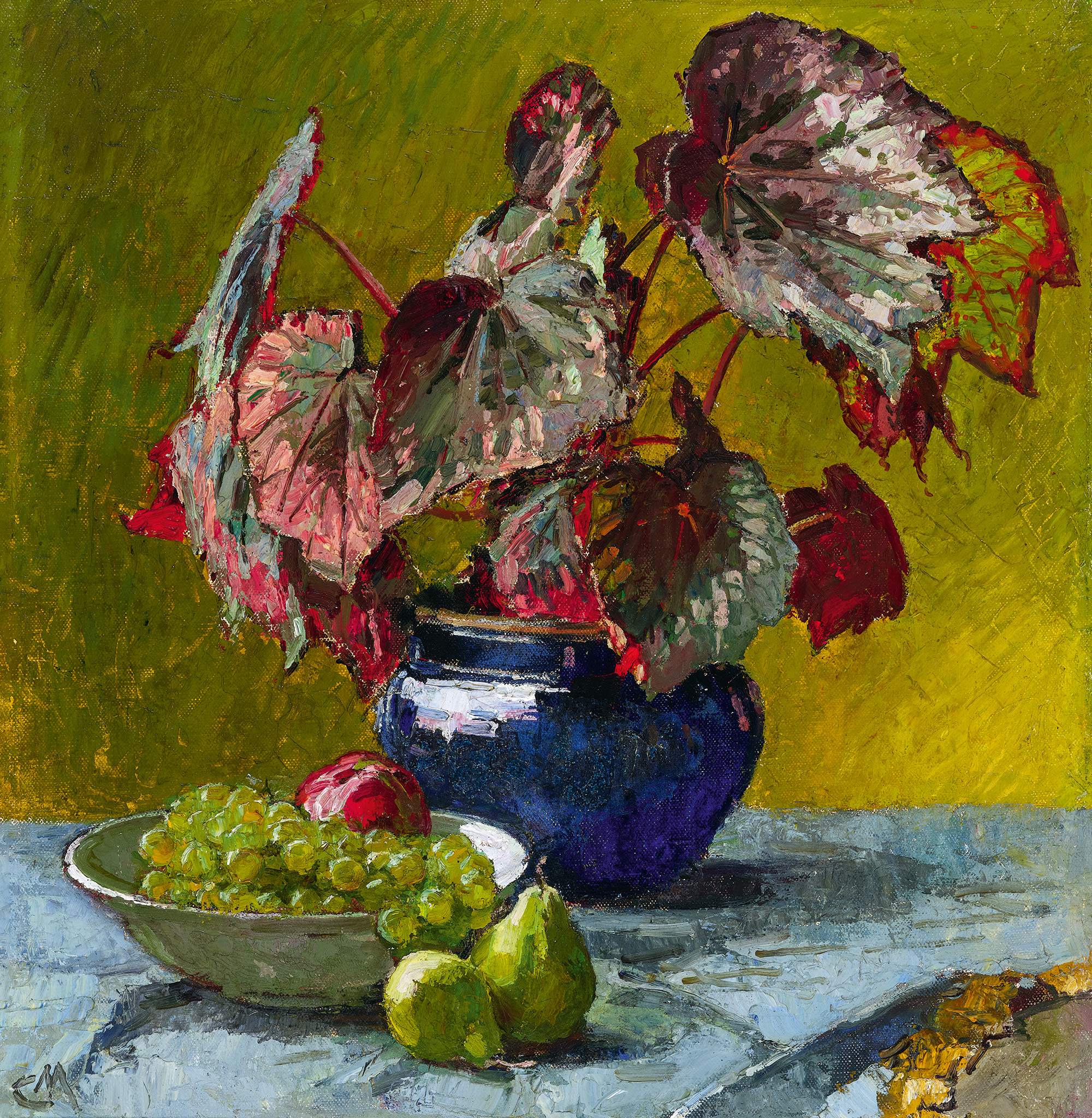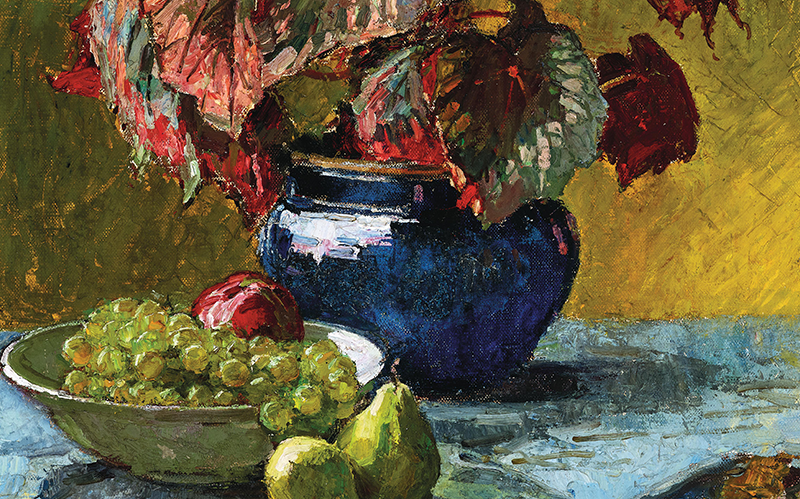
Homage to the Light
Not one, or two, but three paintings by the virtuoso painter Carl Moll, which were until now known only as black-and-white illustrations have found their way, from two historic private collections, on to the market in Dorotheum’s Modern Art auction.
It is an emotional moment when long-lost pictures come to light again. They are particularly compelling, not only because of the powerful impact of their colours, but also through the special aura of a history of familial tradition which they convey. This is exactly the case with three paintings by the Austrian artist, Carl Moll (1861–1945), which are soon to be offered for sale at Dorotheum.
Two of the works are from the collection of Anton Klement (1886–1965), who was Regierungsrat, a senior civil servant, in Vienna, who befriended the artist and his daughter Maria. The pictures have been in a private collection and handed down by inheritance for the last 80 years. They were painted in around 1930 – the time in which the artist, then 70 years old, embarked on his late oeuvre, a perceptible fresh, dynamic period in his work. With great subtlety he defined tonal nuances solely by varying the colours, eschewing the use of black, in keeping with the Impressionist tradition.
This stylistic shift is apparent in The Tall Poplar. The work is a pendant to Moll’s painting entitled Summer’s Day in the Belvedere and bears the unexplained word “Scitvar” written on its back. A large, shimmering green, poplar tree stands majestically on the bank of a stretch of water. Whether it is a stream or a pond somewhere in the Prater or one of the lakes in the Vienna Woods is not important. The depiction is an act of homage to the light. It avoids the monotony of a tonal sequence through the use of the single colour used, green, by progressing rhythmically and harmoniously from light to dark, additionally creating a sense of space with carefully positioned patches of white sky.
In 1930, under the influence of his younger colleague Robin Christian Andersen, Moll produced a series of floral still-lifes, one of which, Still-Life with a Blue Bottle, was acquired by Österreichische Galerie Belvedere. A new bravado is evident in his painting of the Blue Bottle, as it is in his work Begonia from the Klement Collection. There is a new use of colour and a different orchestration of light, which, emerging more from the back of the painting, dances along the edges, giving the objects a certain plasticity and a robust presence.
The last painting, Venice, Riva Schiavoni, also takes us back in time to Carl Moll’s oeuvre. The work is listed in the artist‘s inventory and was in a private collection from 1963 onwards. For Carl Moll, Venice was not only an inspirational source for his painting; it was also always a place of personal regeneration where he sojourned in the years 1907, 1913, and for a very long time in 1922. The title of the painting is somewhat misleading, as the most famous waterside promenade in the world is only identifiable thanks to the great building of the Chiesa della Pietà seen in the distance. The painter’s precise vantage point is uncertain. He may have been standing on the jetty of the Hotel Monaco, following the flow of the water, which, like a street lined with sailing boats, extends deep into the picture, past the Giardini Reali, and the Doge’s Palace, down to the Riva. Yet again it presents a path leading from shade towards the sun-drenched buildings along the Riva. It is wonderful to see how the shape of the boats and the white gleaming balustrades are mirrored in the gentle swell of the water, how the warm sunlight adds a yellowish rinse to the delicate strands of cloud and lends a golden glow to the buildings.
A sensitivity to the mood of nature is the common thread running through the work of Carl Moll, ever – changing in its painterly quality and thereby timelessly relevant – characteristics clearly reflected by the works included in Dorotheum’s sale.
Anton Klement’s estate also included the handwritten will and two memoranda by Carl Moll, which he wrote only a few years before his death. They provide a very personal inside view of the artist’s economic situation, the financial burdens caused by the care for his sick stepdaughter Gerti, and his attempt to achieve a fair settlement in making his own daughter Maria his sole heir. These unique documents are for sale in the Autographs auction at Dorotheum.
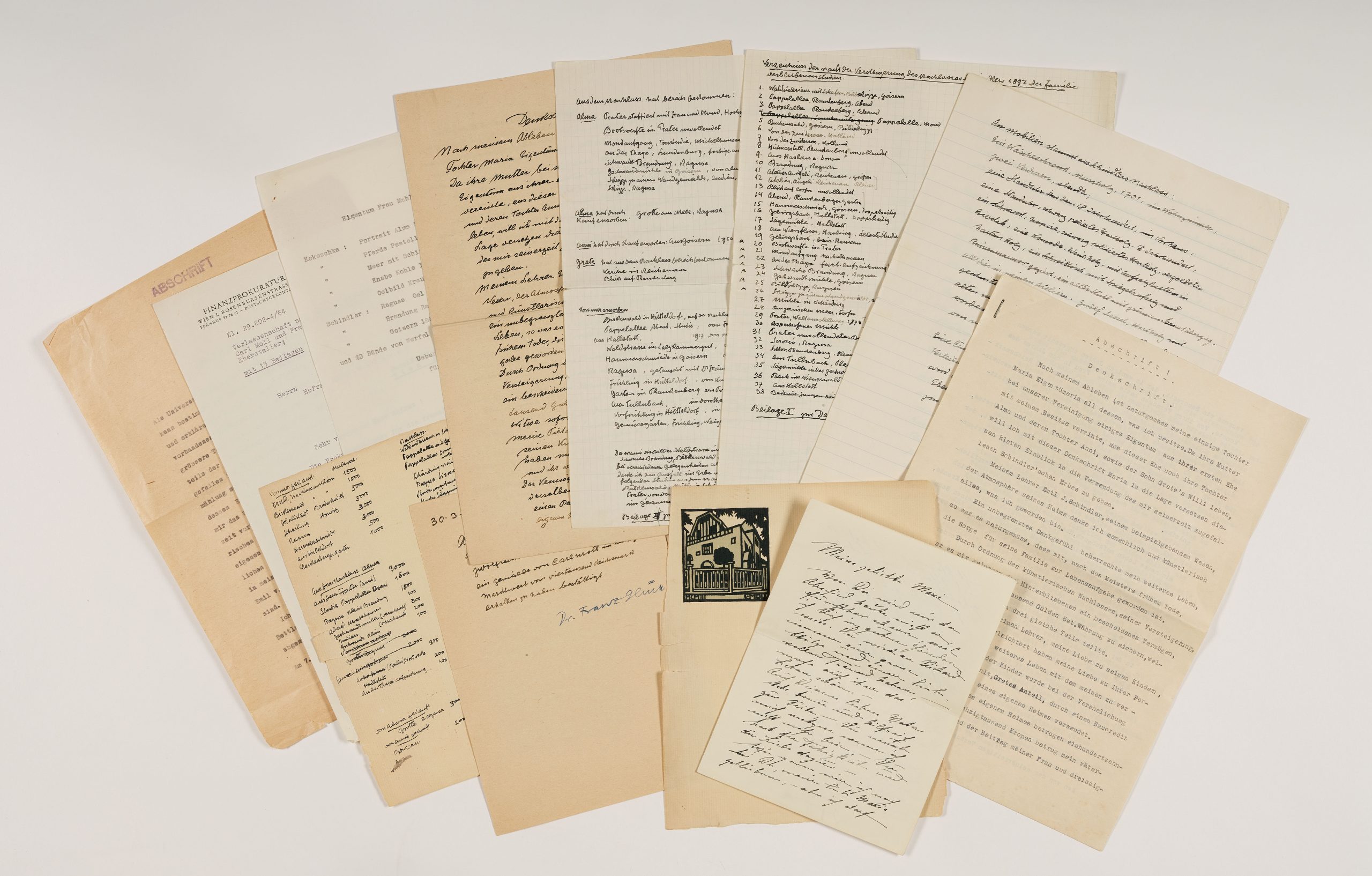
AUCTION
Modern Art, 22 May 2024, 6 pm
Palais Dorotheum, Dorotheergasse 17, 1010 Vienna
20c.paintings@dorotheum.at
Tel. +43-1-515 60-358, 386

